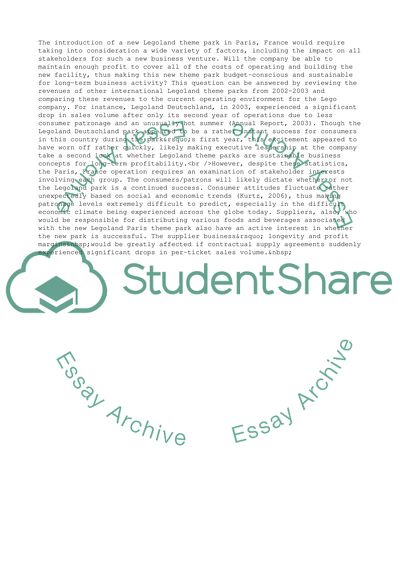Cite this document
(Legoland Theme Park Corporate Social Responsibility and Strategies Report Example | Topics and Well Written Essays - 1500 words - 20, n.d.)
Legoland Theme Park Corporate Social Responsibility and Strategies Report Example | Topics and Well Written Essays - 1500 words - 20. https://studentshare.org/management/1552717-management
Legoland Theme Park Corporate Social Responsibility and Strategies Report Example | Topics and Well Written Essays - 1500 words - 20. https://studentshare.org/management/1552717-management
(Legoland Theme Park Corporate Social Responsibility and Strategies Report Example | Topics and Well Written Essays - 1500 Words - 20)
Legoland Theme Park Corporate Social Responsibility and Strategies Report Example | Topics and Well Written Essays - 1500 Words - 20. https://studentshare.org/management/1552717-management.
Legoland Theme Park Corporate Social Responsibility and Strategies Report Example | Topics and Well Written Essays - 1500 Words - 20. https://studentshare.org/management/1552717-management.
“Legoland Theme Park Corporate Social Responsibility and Strategies Report Example | Topics and Well Written Essays - 1500 Words - 20”. https://studentshare.org/management/1552717-management.


